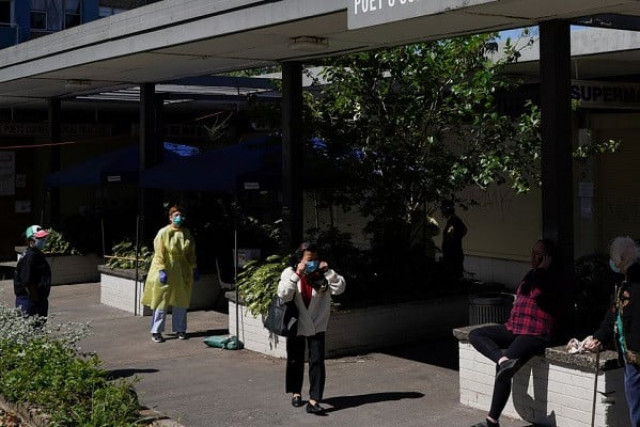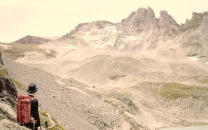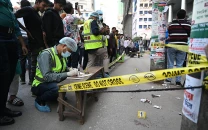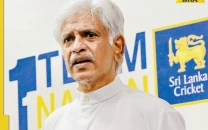Sydney's unvaccinated warned of social isolation when COVID-19 lockdown ends
Number of COVID-19 cases recorded by Australia since the beginning of the pandemic topped 100,000

Sydney residents who are not vaccinated against COVID-19 risk being barred from various social activities even when they are freed from stay-at-home orders in December, New South Wales state Premier Gladys Berejiklian warned on Tuesday.
Under a roadmap to exit lockdown in Australia's biggest city, unvaccinated people are already subject to delays in freedoms that will be gradually granted to inoculated residents between October 11 and December 1.
Berejiklian said people who choose not to be vaccinated could be barred entry to shops, restaurants and entertainment venues even after the state lifts all restrictions against them on December 1.
"A lot of businesses have said they will not accept anyone who is unvaccinated," Berejiklian told Seven News on Tuesday. "Life for the unvaccinated will be very difficult indefinitely."
The two-tier system, designed to encourage more people to get vaccinated, has been criticised for both penalising vulnerable groups who have not had access to inoculations and for falling short of providing a real incentive for the vaccine hesitant.
Read More: Sydney pilots home quarantine as Australia looks to reopen border
Pubs, cafes, gyms and hairdressers will reopen to fully vaccinated people on October 11 in New South Wales, home to Sydney, and more curbs will be eased once 80% of its adult population becomes fully vaccinated, expected by the end of October.
Australia is pursuing a faster reopening through higher vaccination rates despite persistent infections, largely in its two biggest cities of Sydney and Melbourne. Along with the capital Canberra, both cities are in a weeks-long lockdown.
The Delta-fuelled outbreak has divided state and territory leaders, with some presiding over virus-free parts of the country indicating they will defy a federal plan to reopen internal borders once the adult population reaches 80% vaccination, expected in November. The national vaccine rate is currently around 52%.
Federal Health Minister Greg Hunt welcomed the New South Wales roadmap and urged people to get vaccinated as soon as possible.
"The strongest possible reason to be vaccinated is to save your life," Hunt said.
CASES TOP 100,000
The number of COVID-19 cases recorded by Australia since the beginning of the pandemic topped 100,000 on Tuesday, with around 70% of those detected since a Delta-variant fuelled wave hit the country in mid-June.
New South Wales reported 863 new cases on Tuesday, up from 787 a day earlier, and seven new deaths. Neighbouring Victoria reported 867 new cases, its biggest daily rise ever, and four deaths.
The northeast state of Queensland reported four cases, including its first mystery case in almost two months. Officials are racing to trace the source after an aviation worker, who has not travelled interstate or overseas recently, contracted the virus.
While the state is on high alert, officials stopped short of enforcing a lockdown.
Australia had been faring relatively well until the latest wave, but a sluggish vaccine rollout left it vulnerable to the more virulent Delta strain. Deaths stand at 1,256 but the mortality rate from Delta is lower than last year due to higher vaccination rates among the vulnerable population.
In New South Wales, the number of people hospitalised dipped to 1,155 from 1,266 a week ago as dual-dose vaccination levels in people aged over 16 topped 60% in the state.



















COMMENTS
Comments are moderated and generally will be posted if they are on-topic and not abusive.
For more information, please see our Comments FAQ